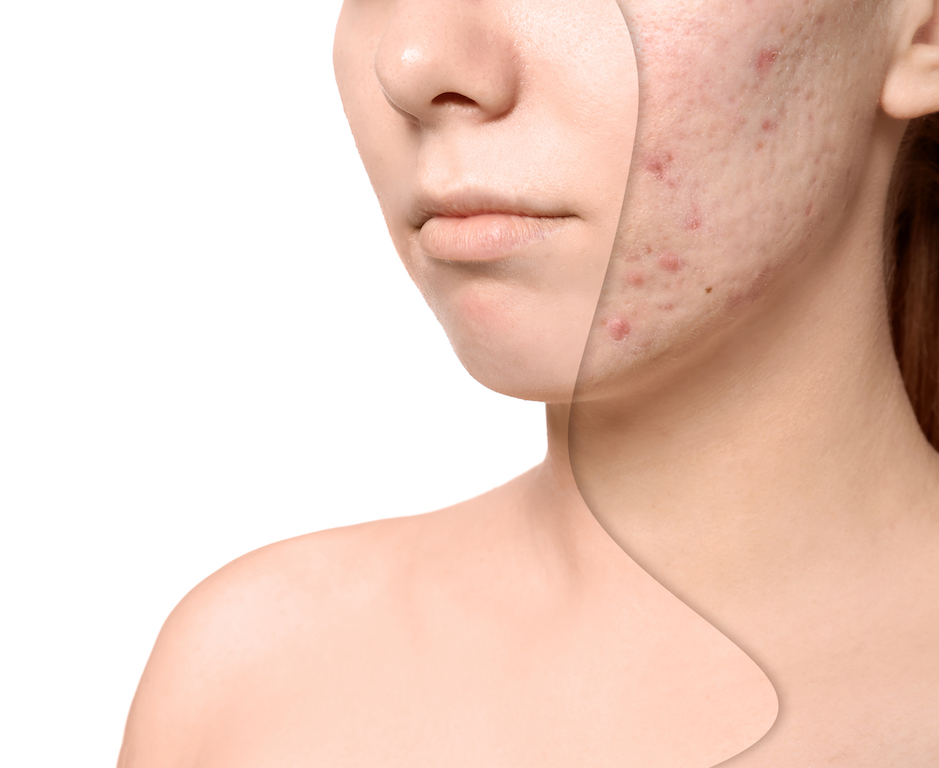
Knowing that the plastic surgery journey is collaborative, Dr. Johnson Lee takes the time to fully understand each patient in order to achieve only the most beautiful and natural results. He shares his passion for plastic surgery with his patients through education and open communication so that they can make an informed and positive decision. Haute Beauty chats with Dr. Lee on how he treats deep acne scars by subcision and filler.
HB: How does the treatment work?
Bellafill is the only FDA approved injectable filler for acne scars. It is comprised of a particle of synthetic polymethylmethacrylate (PMMA) covered by a bovine collagen shell.
The patient is first numbed with a topical numbing cream. The skin is then prepared and sterilized. A small needle is then used to individually release every scar within the deep dermis where the scar tissue is normally formed. Bellafill is then injected into each released scar to help lift the skin to be flush with the surrounding normal skin.
Overtime, the body will absorb the bovine collagen and then produce its own semi-permanent collagen around each PMMA particle. The results will last a minimum of 5 years but can give permanent improvement.
HB: Who is a good candidate?
A good candidate is someone with severe, atrophic distensible acne scars. This means the scars tend to stretch together with the skin. Patients should be free of any active acne and skin infection and cannot have a bovine allergy.
HB: Do you prefer it to other methods?
I find that subcision with Bellafill is the best treatment option for patients with deep pitted or rolling acne scars. Other options such as chemical peels, microneedling, radiofrequency, and lasers can help but will not be as effective at targeting the individual rolling scars that also happen to be the most noticeable.
View this post on Instagram
HB: What does recovery look like?
Patients should except some local swelling and bruising in the areas of subcision. Make-up and skin care products can be used after 24 hours. Over the next 3 to 5 days the majority of the swelling has subsided. Since natural collagen production is a slow process, results can continue to improve over the next 6 months.
For more information, visit Dr. Brian A. Levine's social media:

























